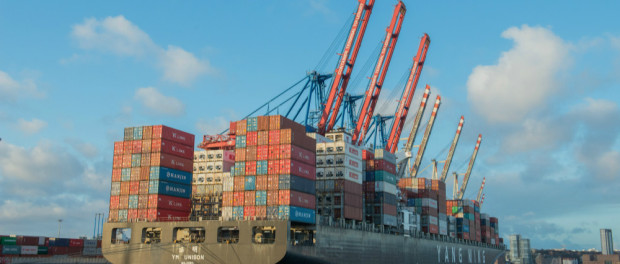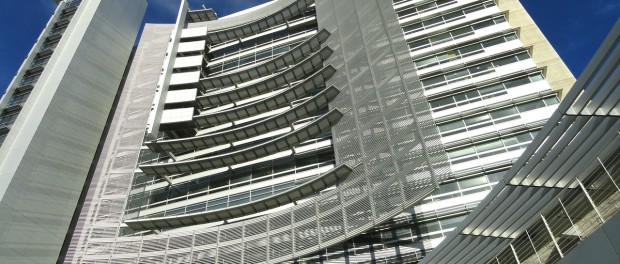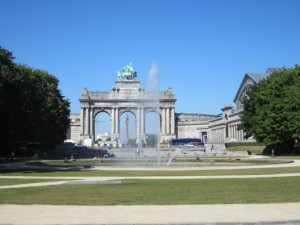
The City of Hamburg, Germany has announced ambitious plans to leverage the Internet of Everything to transform itself into a smart city.
Hamburg is home to the second largest port of Europe, accommodating 10,000 ships each year. “The port is at the heart of Hamburg’s economy,” said Jens Meier, Chairman of the Management Board of Hamburg Port Authority (HPA). “Over the next years, we will be developing the Port of Hamburg into a smartPORT in order to further increase the efficiency of the current infrastructure and quality of services.”
By 2025, the Port of Hamburg need to have the capability to handle 15-17million shipping containers per day. “The challenge is to get more containers through the port of Hamburg. Technology is the main enabler”, stated Dr Sebastian Saxe, CIO & CDO Hamburg Port Authority. “The Internet of Everything is the critical enabler for the future”
“Hamburg is quickly emerging as one of the world’s Smart City showcases through its visionary development of urban and inter-related port services empowered by the Internet that can improve how people live, work, play and learn”, said Wim Elfrink, executive vice president Industry Solutions & chief globalization officer at Cisco. “Already a pioneer in its use of technology, Hamburg is fast becoming the first true Seatropolis because of collaborative leadership that understands the economic and quality-of-life value that can be realized from the Internet of Everything”.
“Future possibilities through connecting people, processes, data, and things will not only revolutionize cities and communities, but will also bring additional convenience for citizens, said Frank Horch, Hamburg Minister of Economy, Transport and Innovation. “Our job is to guide these developments in the right direction by establishing the appropriate framework and ensuring that we take advantage of opportunities and master challenges”.
Projects will include an intelligent parking control system for trucks and loaders to improve the traffic and parking near to the port, the implementation of a fully integrated traffic management system to optimize the flow of cars and trucks, smart street lighting, and the roll out of a sensor network to monitor and provide more reliable forecasts on pollution, noise, humidity, and temperature.



